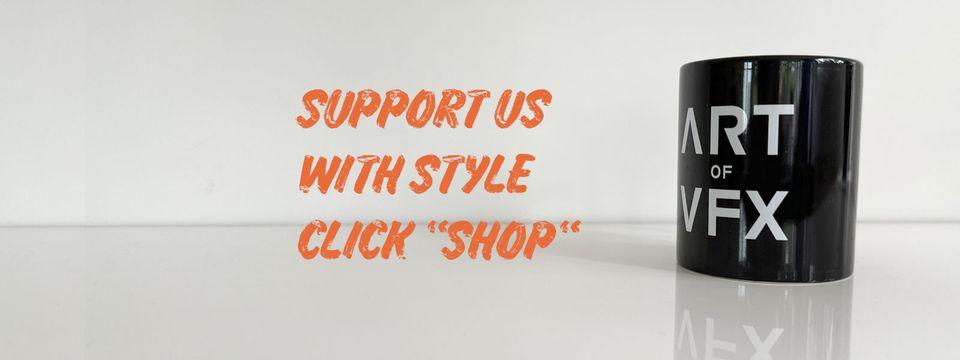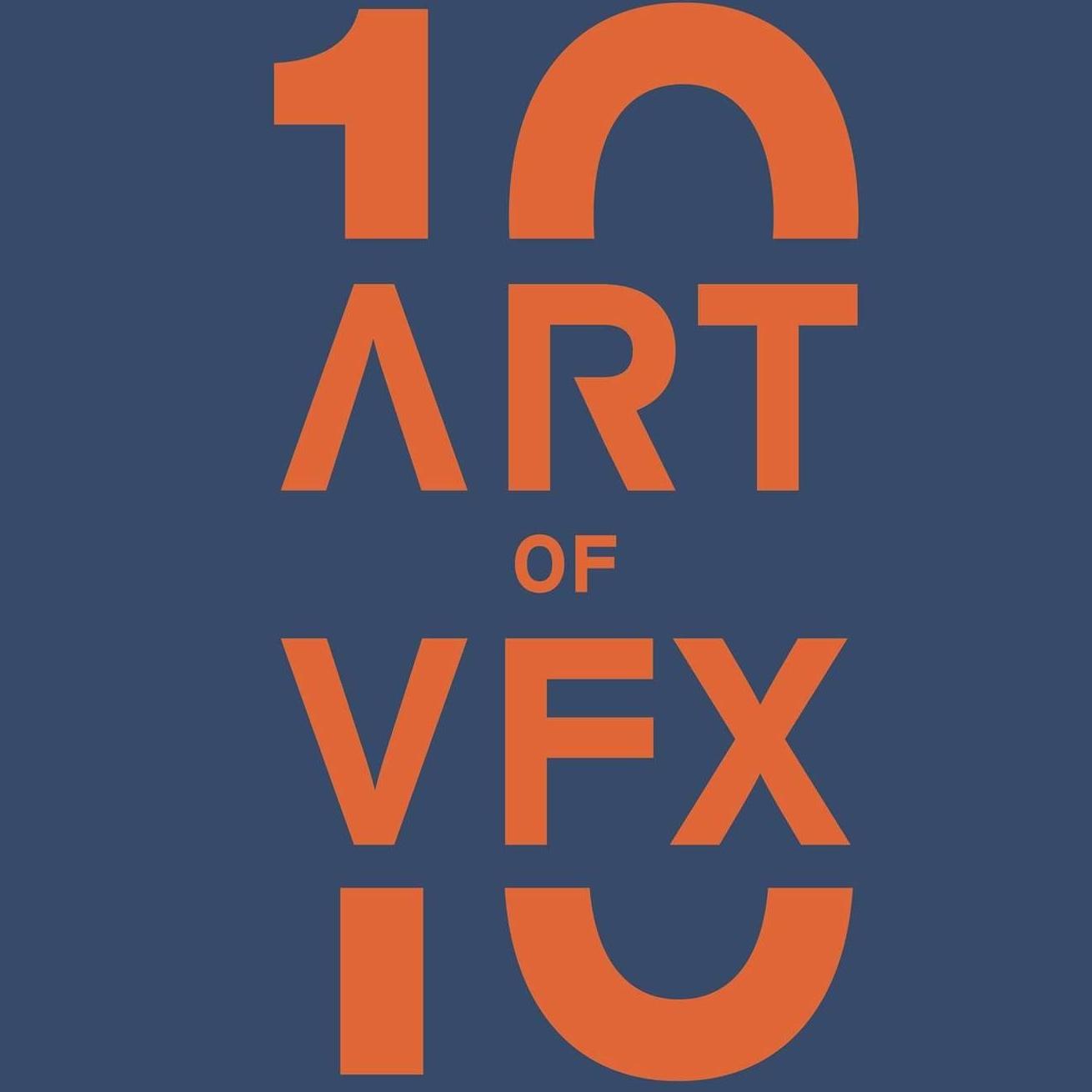


Interviews and news about the VFX community.
199 pessoas curtiram isso
0 Publicações
0 fotos
0 Vídeos



